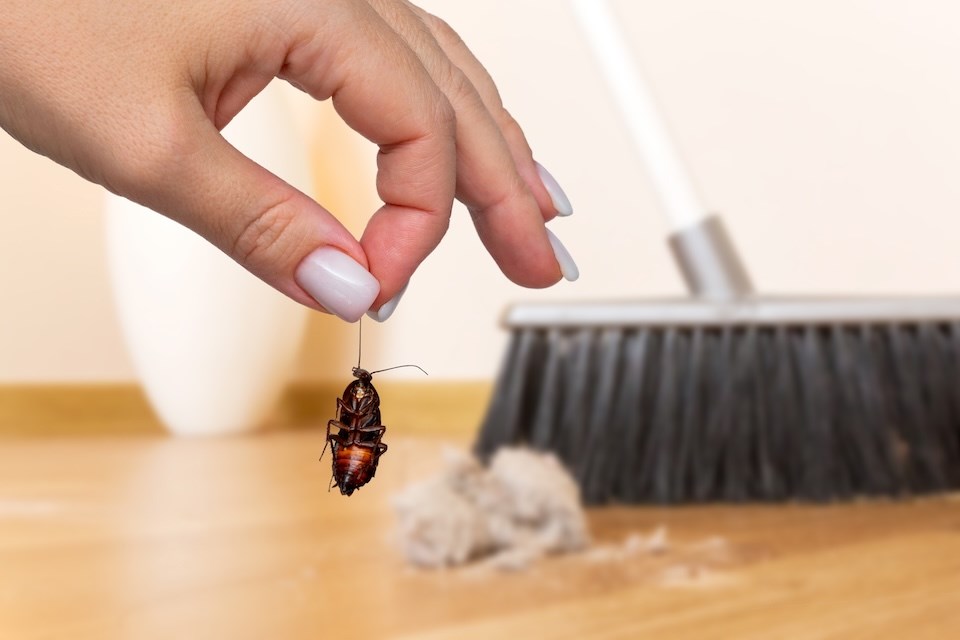Metro Vancouver tenants facing pest issues in their homes must be careful.
While renters may want to start dealing with an infestation the moment they notice it, taking matters into their own hands may not be the best course of action, and they may not be covered for their expenses.
The Tenant Resource and Advisory Centre (TRAC) is a non-profit organization that provides free legal education on residential tenancy matters. They also represent tenants at Residential Tenancy Branch (RTB) hearings.
According to Section 32 of the Residential Tenancy Act (RTA), landlords are responsible for providing and maintaining residential property in a way that "complies with the health, safety and housing standards required by law" and makes it suitable for occupation.
However, tenants also have a responsibility to keep their rental units clean and sanitary, and do minor repairs and replacements (such as replacing light bulbs and cleaning carpets).
Notify the landlord immediately
Renters should immediately notify their landlords as soon as a pest issue is identified. If they don't, they could be held culpable for exacerbating an infestation. Most pest issues worsen over time, and it is imperative to treat them immediately.
In a 2024 dispute, a B.C. tenant couldn't recoup money they paid for a special vacuum and a heat gun when they tried to take a bed bug issue into their own hands. They purchased them at Canadian Tire for $463.70, but the arbitrator noted that these tools didn't help the problem; it should have been treated by a professional pest control company immediately.
TRAC advises tenants to inform their landlord right away after finding evidence of a pest and to request that the problem be treated within a reasonable timeframe. They provide a template letter to submit. It is also wise to take photos, have witness testimony, or to trap evidence (such as a bed bug in a sealed bag). These items can be used if the issue is taken to arbitration or to help the pest control company.
Renters should comply with all steps of the pest control process, including requests from the company to prepare for treatments and to allow access to the unit.
Bed bugs are a common infestation dispute issue
Bed bugs feed on human blood, like mosquitoes. They are typically found in places with high turnover, such as hotels, apartments, and shelters.
While they are a problematic pest, bed bugs aren't known to transmit infectious disease and aren't considered a serious health risk. Tenants generally can't claim that the presence is grounds to end a tenancy. If they move out early based on their presence, they will be on the hook for missed rent for at least a month, if not more (depending on their tenancy agreement), according to TRAC.
In some cases, a tenant can be held responsible for an infestation and could be evicted if it is extreme. In July 2024, a B.C. landlord was granted an order of possession of a tenant's unit after a pest control company determined it was the source of a multi-unit bed bug and mouse infestation.
What do I do if my landlord won't hire a pest control company?
If a landlord doesn't respond to a written request for assistance with a pest issue, tenants should apply to the RTB for dispute resolution. From here, they can request an order that their landlord comply with the law and fix the problem. They cannot use a refusal as a reason to end the tenancy early.
Landlords are generally responsible for paying for pest control treatments. However, tenants who deny entry to pest control experts or who don't cooperate with the treatment process may be required to foot the bill, according to TRAC.



